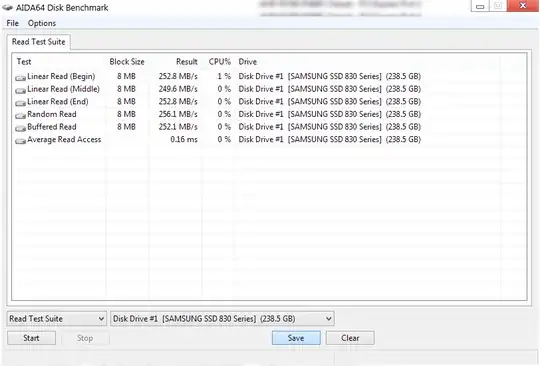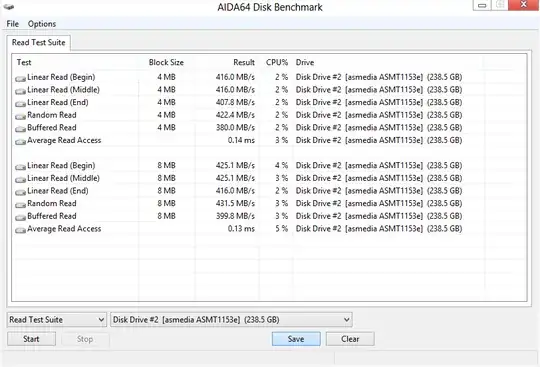According to this article, these are the requirements to have UASP enabled:
- UAS support in the USB driver stack.
- Device hardware supporting UAS.
- Device firmware supporting UAS.
- UAS-compatible system controller.
I have a very new laptop (Skylake) running Windows 10 (1607).
The USB 3.0 adapter used supports UASP (JMicron JMS567 chipset).
When plugged in, the driver used for the disk (2.5 Seagate HD, and older 500gb drive) is "USB Attached SCSI (UAS) Mass Storage Device". There are no updates for this driver from MS (current version). There are no firmware updates for this drive from Seagate.
Even with the information from the article above, I still don't know: does the disk need to support UASP? Device in the article could be the host, the adapter or the disk, AFAIK.

